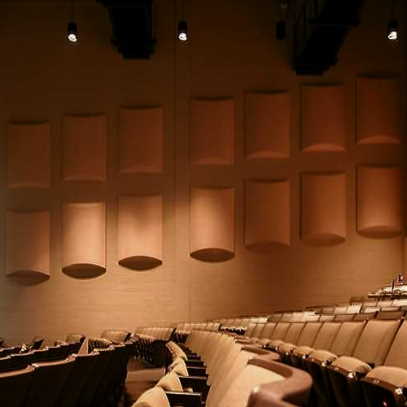When confronted with a technical problem, we can without problems get overwhelmed when we think about all the choices conceivable as feasible solutions. The artwork in engineering is taking a complicated hassle and simplifying it into one we can get our fingers around. This is specifically authentic in the discipline of noise control. We recognize there are no magic solutions, however trip has proven that a mixture of strategies can be used to decrease noise ranges and complaints. To pick out conceivable options successfully and quickly, reflect on consideration on these seven techniques of noise manage when you handle your subsequent problem:
Reduce the sound energy of the source
While now not continually practical, now and again “turning down the volume” is the first-rate solution. This may additionally be changing a fan, compressor or different supply with a quieter model, or in some instances with one that is higher sized for the application.

Increase in the distance
Locating noisy tools farther from humans is apparent however no longer continually possible. Increasing distance between the supply and receiver in any of the doors ‘ surroundings will limit noise by means of 6 dB per doubling of distance. The discount is normally much less indoors, the place reflections from room surfaces reduce the outcomes of distance. Whether outdoor or indoors, it is exceptional to come across loud sources and areas some distance away from touchy areas.
Use a barrier or enclosure
Walls, floors, ceilings, and home windows are all varieties of obstacles that minimize noise transmission in buildings. Equipment enclosures are frequent for turbines and different loud sources placed outside. While enclosures comprise the noise, boundaries purpose diffraction of strain waves, and create a shadow sector the place noise is lower.
Add absorption / diffusion
 Controlling sound reflections in a room by means of the usage of ceiling tiles, sound absorption panels, acoustical sprays, and different substances can decrease the reverberant issue of noise in the room. However, the impact is restricted and massive rate reductions in-room noise level, or in transmission to different areas outside the room, can’t be expected. Generally, if you double the quantity of absorption in a room you can assume a three dB discount in noise. For some speech intelligibility problems, controlling reflections that intrude with the direct speech course is greater vital than reducing the room noise level, and then including absorption makes sense.
Controlling sound reflections in a room by means of the usage of ceiling tiles, sound absorption panels, acoustical sprays, and different substances can decrease the reverberant issue of noise in the room. However, the impact is restricted and massive rate reductions in-room noise level, or in transmission to different areas outside the room, can’t be expected. Generally, if you double the quantity of absorption in a room you can assume a three dB discount in noise. For some speech intelligibility problems, controlling reflections that intrude with the direct speech course is greater vital than reducing the room noise level, and then including absorption makes sense.
Diffusion in a room motives scattering of sound and can make the absorption substances appear greater effective. These principals can be prolonged to HVAC structures also, the place duct liner and elbows are used to decrease the noise that travels through lengths of duct.

